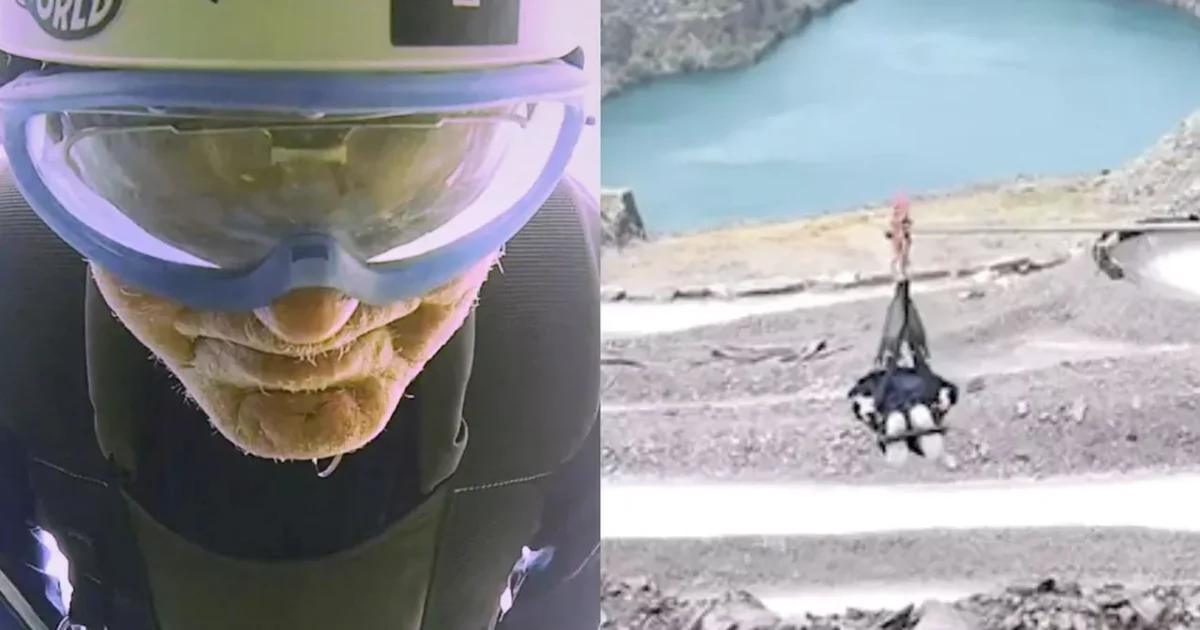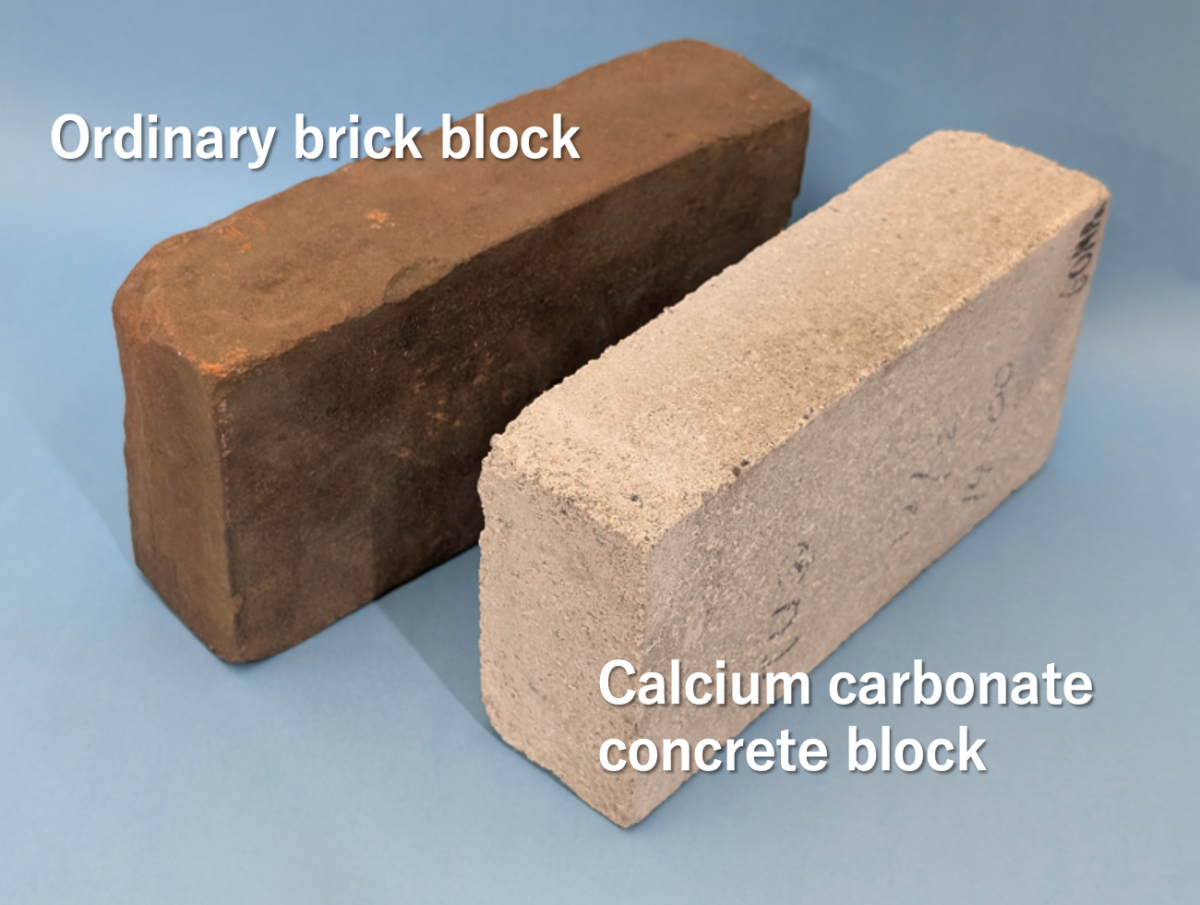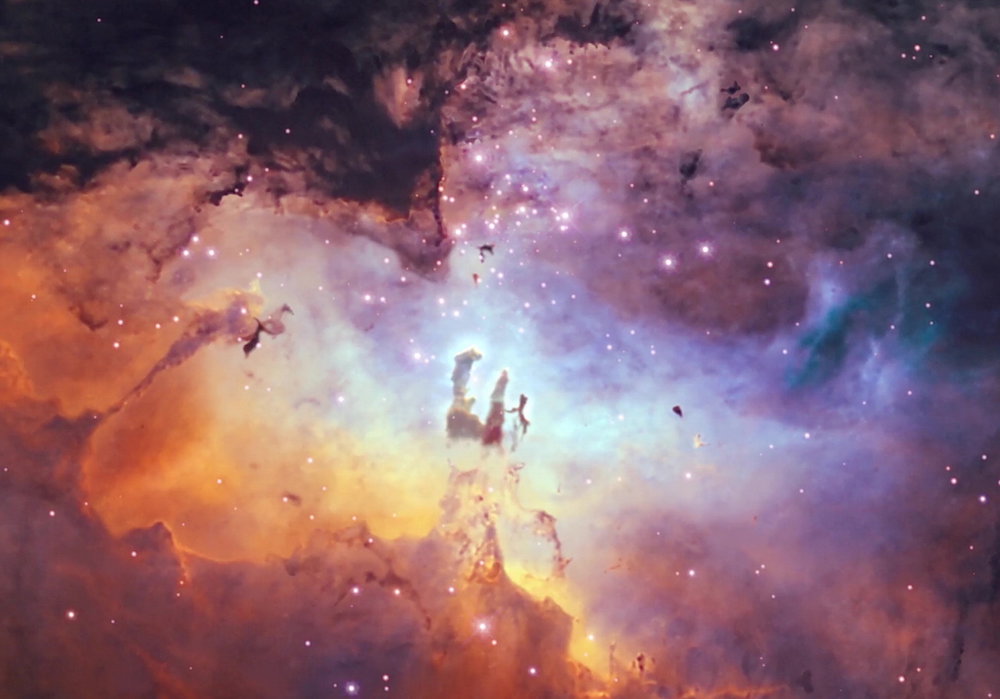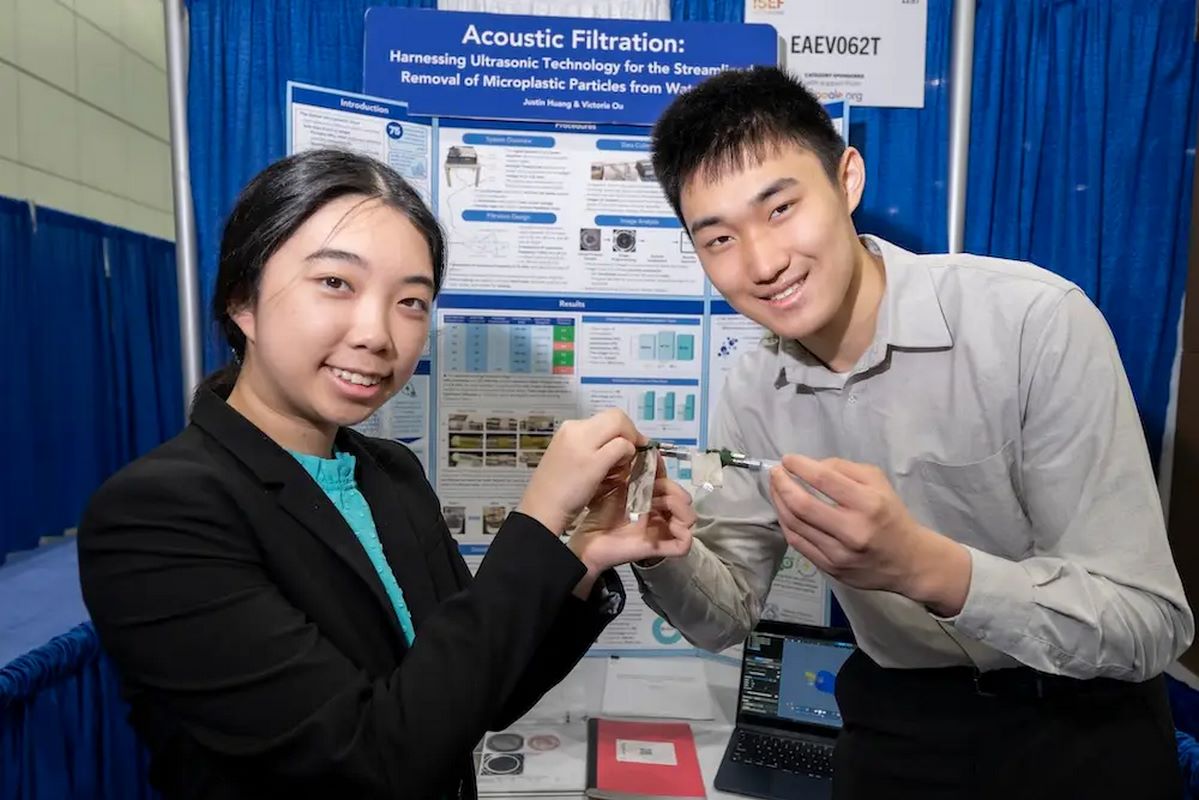Removing Microplastics Now
Earlier this week we featured an article about two highschool students that developed a novel water filtration device that uses sound waves to remove microplastics from water. They are now working on a way to implement this technology across a wide range of industries and use cases that are badly in need of such a device.
However, researchers just recently discovered another method of removing microplastics contamination from drinking water that is right at your fingertips.
A group of scientists discovered that simply boiling water can remove between 25% and 90% of the microplastics present.
In a study conducted by Guangzhou University, researchers tested two types of tap water—hard water and soft water. Hard tap water is richer in minerals, especially calcium carbonate (limescale), compared to soft water. Anyone who uses an electric kettle or coffee maker is familiar with the limescale buildup that requires periodic cleaning. When the scientists boiled the hard tap water, the calcium carbonate precipitated out of the solution, effectively trapping a variety of plastic particles ranging in size from 5 to 10 micrometers. Remarkably, 90% of these particles were captured in the limescale layer.
The researchers noted, This simple boiling water strategy can ‘decontaminate’ [nano and microplastics] from household tap water and has the potential for harmlessly alleviating human intake of NMPs through water consumption,” in their paper published in February. Even in soft water, which contains less calcium carbonate, roughly 25% of the microplastics were removed. It’s worth noting that most bottled water sold in the U.S. is hard water, as is much of the tap water across the country. Some brands use reverse osmosis or other methods to dissolve minerals, then sell the water as either soft water or ‘mineral water’ after re-adding minerals.
It is estimated that there may be as much as 7 credit cards’ worth of plastic circulating in your body at any given time. While the long-term effects of this contamination are still unknown, studies in mice have found microplastics in every organ, including the brain and placenta.
If you don’t want to wait for the slower, more comprehensive solutions, like the sonic filter, filtering and boiling your drinking water could be a great option. Or just drink tea I guess.





